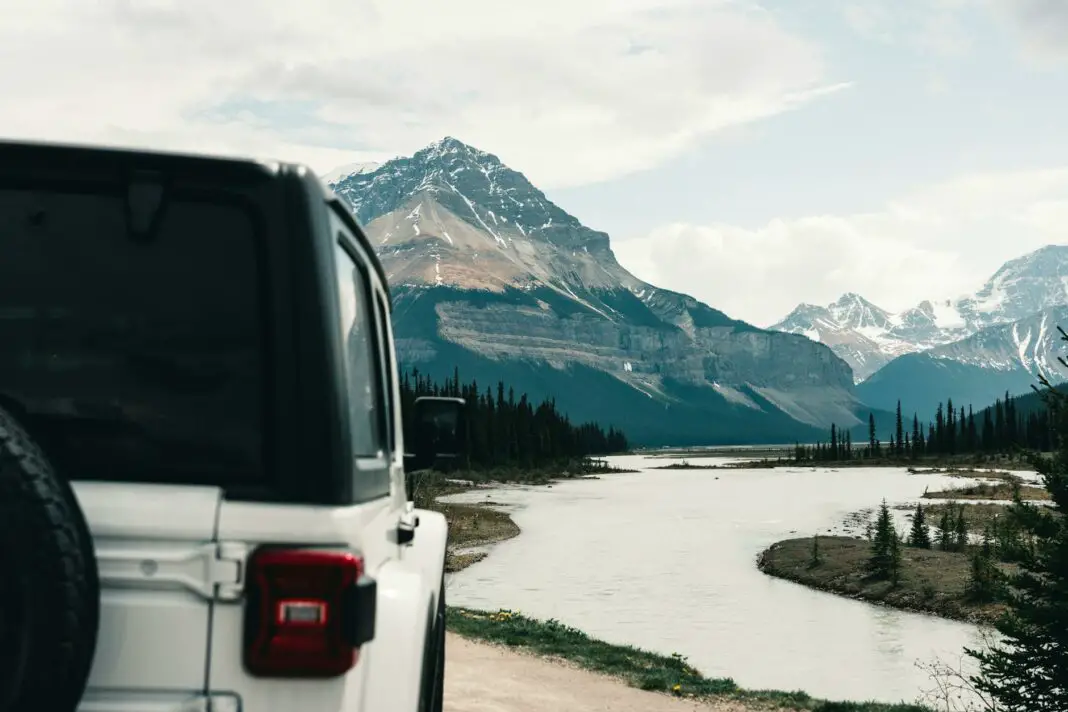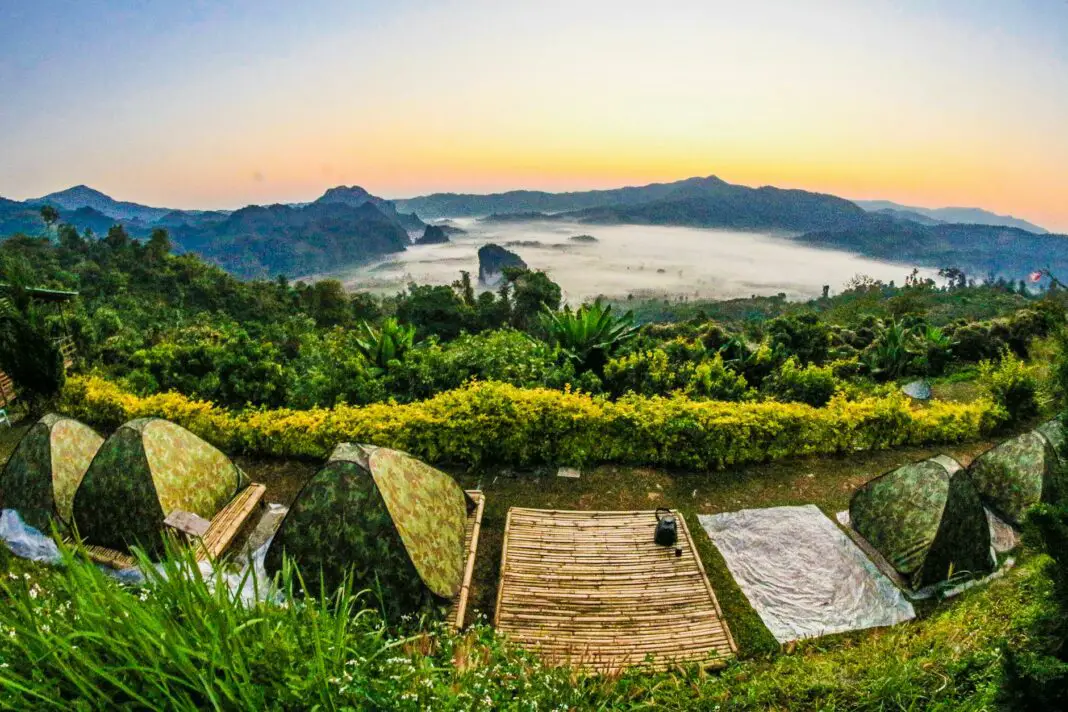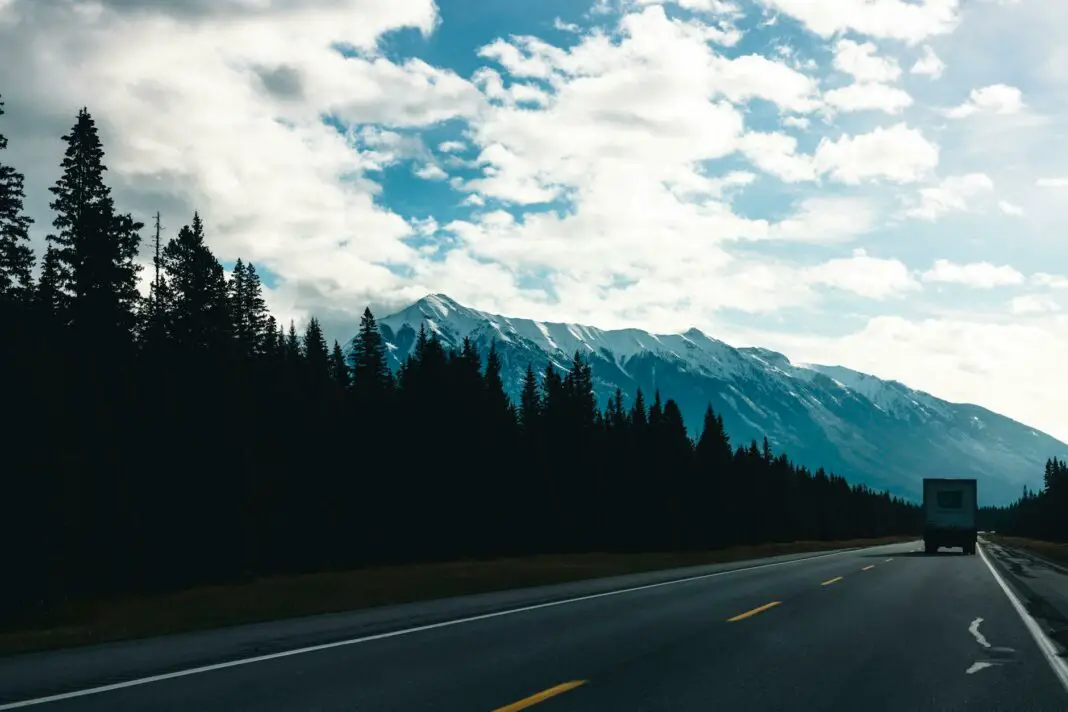Diving deep into the experience of camping in Thailand’s stunning national parks reveals a rewarding adventure filled with lush landscapes, exotic wildlife, and rich culture. With various camping options available, many travelers often wonder whether the hype surrounding camping in these pristine environments is genuinely worth the experience. By discovering what Thailand’s diverse nature has to offer, those considering a camping trip can realize the magic of spending nights surrounded by the natural world.
This blog post not only delves into the allure and excitement of camping in Thailand’s national parks but also explores the unique opportunities for adventure and relaxation. By the end of this guide, readers will be equipped with essential insights, tips, and a deeper understanding of what camping in Thailand entails, inviting them to embark on this unforgettable journey.
Table of Contents
- What is Camping in Thailand’s National Parks
- Popular National Parks for Camping
- Camping vs Hotel Stays: Which is Better
- What to Pack for a Camping Trip
- How to Plan Your Camping Trip
- Camping Tips and Safety
- Final Thoughts: Should You Camp in Thailand
- Frequently Asked Questions
What is Camping in Thailand’s National Parks
This breathtaking country offers a myriad of national parks, each boasting its unique charms and breathtaking scenery. When you think about camping in Thailand, envision the chance to unwind under a canopy of stars while surrounded by the mesmerizing sounds of nature. The experience typically involves setting up a tent, experiencing the elements, and embracing the serenity of untouched landscapes. As you wake up to the sweet melody of chirping birds, the beauty of a vibrant sunrise greets you, lifting your spirit and providing a sense of adventure that a hotel room simply cannot compete with.
Beyond just a sleeping arrangement, camping here involves cultural connections, where you find yourself transfixed by the natural biodiversity. From the tropical rainforests filled with towering trees to the rugged mountains boasting spectacular views, camping in Thailand means stepping into a world that captivates the senses, allowing every visitor to forge deeper connections with the surroundings.
Popular National Parks for Camping
When selecting a national park to camp in, the choices are abundant and diverse. Some significant national parks that truly stand out include Khao Sok National Park, with its dramatic limestone cliffs and rare wildlife. Another gem is Doi Inthanon National Park, home to Thailand’s highest peak, serendipitously wrapped in stunning cloud forests. For an entirely different experience, consider a visit to Erawan National Park, famous for its majestic waterfalls and refreshing turquoise pools. You’ll find that each park offers distinct landscapes, captivating flora and fauna, and opportunities for outdoor activities.
Camping in these national parks not only tantalizes adventurers but also attracts nature enthusiasts eager to explore the ecosystem. Many parks provide well-maintained campsites, allowing visitors to immerse themselves fully in the wilderness without sacrificing comfort. Imagine sharing stories around a warm campfire while the night sky twinkles above – this undoubtedly highlights just one of many unforgettable moments.
Camping vs Hotel Stays: Which is Better
While staying in a luxurious hotel can offer comfort and amenities, it seldom provides the authentic experience that camping in Thailand’s national parks affords. Camping allows for unparalleled immersion in nature, where you can engage with your surroundings meaningfully. You can embark on breathtaking hikes, spot wildlife, and soak in the stunning sunrises and sunsets each day while you relish the comforting rustle of leaves in the wind. Comparatively, hotels insulate guests from nature, often emphasizing convenience over experience.
Moreover, camping fosters a sense of connection with fellow travelers who share your passion for exploring the great outdoors. There’s something truly calming about sleeping beneath the stars, where every sound becomes a reminder of how interconnected we are with the environment. In contrast, hotel stays can leave you feeling detached from the rich tapestry of life that thrives in the wilderness.
What to Pack for a Camping Trip
Being well-prepared for a camping trip can enhance the overall experience tremendously. Essential items to consider packing include a quality tent, sleeping bags appropriate for the climate, a portable stove for cooking delicious meals, and plenty of water. Don’t forget practical items such as a first aid kit, insect repellent, and a versatile backpack to carry all your gear.
In addition to the basics, ensure you also pack lightweight clothing suitable for both hot days and cool nights. Proper footwear is vital as well, as many hikes can demand more from your feet than anticipated. Furthermore, equip yourself with a camera, as capturing the stunning scenery and memories will become cherished keepsakes long after your adventure has ended.
How to Plan Your Camping Trip
Effective planning can make all the difference when organizing your camping trip. Start by choosing the right national park based on your interests – whether it’s hiking, wildlife watching, or simply soaking in serene views. Be sure to check the park’s regulations regarding camping, which may include requirements for permits or campsite reservations. These preparations can ensure you have a smooth experience without the last-minute scrambles.
Additionally, account for travel times and routes to your chosen destination. Plan your itinerary wisely, factoring in not only how long it takes to arrive but also how to navigate through the park. Consider visiting during off-peak seasons to avoid crowds, and check for weather forecasts to remain prepared for any unexpected conditions that may arise during your camping trip.
Camping Tips and Safety
Safety should always be a priority while camping, especially in unfamiliar environments. Make sure to familiarize yourself with the basic safety guidelines, encompassing fire safety, wildlife precautions, and general camping etiquette. It’s vital to store food away from your campsite, as curious animals can disrupt your peaceful retreat. Bring a reliable map and a GPS device, ensuring you’re always aware of your surroundings and can navigate back to your campsite without trouble.
Moreover, traveling with companions not only enhances the experience but also adds an extra layer of safety, allowing for shared responsibilities and creating lasting memories together. Maintaining a positive attitude while camping ensures any challenges faced are mere bumps in the road. Remind yourself to relish the journey and focus on the energy of the surroundings that will undoubtedly excite, inspire, and refresh your spirit.
Embrace the Adventure: Is Camping in Thailand Right for You
Ultimately, camping in Thailand’s national parks is far more than just a trip; it is an invitation to rediscover nature while creating lasting memories. The vibrant landscapes, engaging activities, and unique cultural experiences available make it a worthy endeavor for anyone eager to escape the hustle and bustle of daily life. Embracing adventure opens doors to new perspectives, enriching both your travel experiences and your understanding of the world around you. Whether you’re an outdoor novice or a seasoned explorer, the thrill of sleeping beneath the stars while surrounded by breathtaking beauty is a calling that’s hard to resist.
Frequently Asked Questions
Is camping safe in Thailand’s national parks?
Yes! Most national parks in Thailand prioritize visitor safety and provide guidelines for campers. It’s essential to follow safety precautions and park regulations to ensure an enjoyable experience. Proper preparation can significantly enhance your safety while camping.
What is the best time of year to go camping in Thailand?
The ideal time for camping in Thailand typically falls during the cool and dry season, from November to February. These months offer pleasant weather, making outdoor activities more enjoyable. However, some parks may have unique offerings in different seasons, so it’s worth researching your chosen destination.
Are there facilities at campsites?
Many campsites in Thailand offer basic facilities such as restrooms and showers. However, it varies by park, so it’s advisable to check in advance regarding the amenities available at your selected campsite.
Can I camp without a reservation?
It’s best to make a reservation for camping in popular national parks, especially during peak seasons. Some parks may allow walk-in campers, but availability cannot be guaranteed, so planning ahead is recommended.
What should I do if I encounter wildlife while camping?
If you encounter wildlife, remain calm and avoid approaching or feeding them. Make noise to announce your presence and slowly move away from the area. Always keep food stored securely to minimize interactions with wildlife.
Image Credit: Pexels





